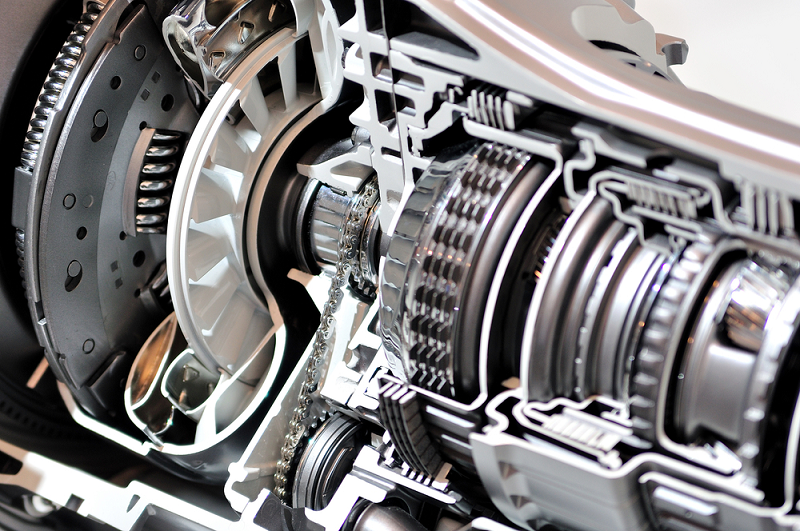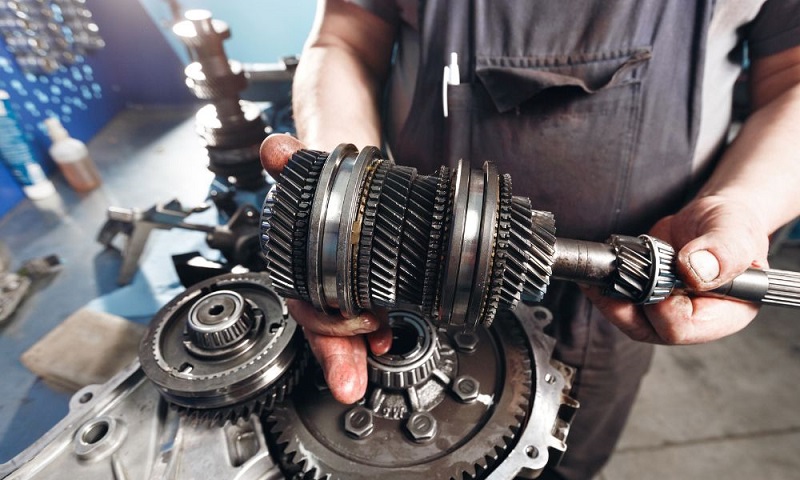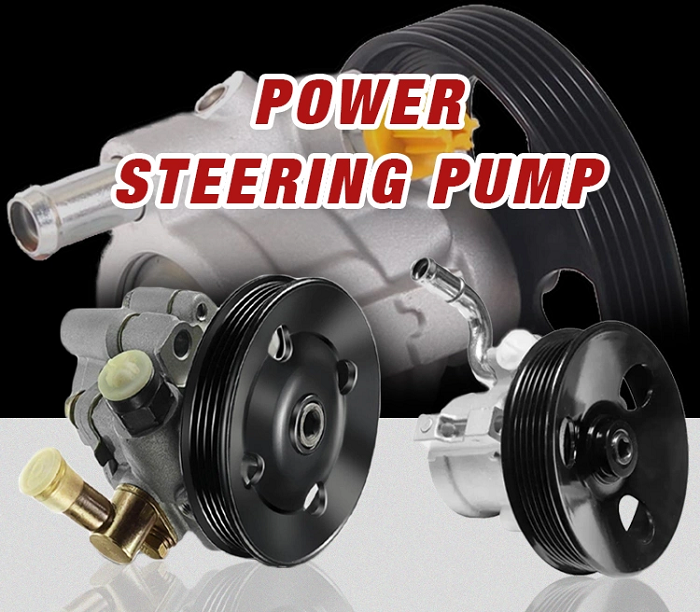What Is a Transmission?
An essential part of a car’s drivetrain is the Transmission Issue, which distributes power from the engine to the wheels so that the vehicle can move. By altering the gear ratios, it modifies the engine’s output, enabling the car to run smoothly at various speeds and under various driving circumstances. Different gear shifting techniques are available for each type of transmission, which includes manual, automatic, continuously variable (CVT), and dual-clutch. The function of the transmission is essential for efficient fuel use, seamless acceleration, and top performance.

Read more:Why Is My Car Overheating?
What Are the Main Symptoms of Transmission Failure?
The main symptoms of transmission failure include:
Gear Slippage: The transmission may be having trouble keeping the car in the right gear if you see abrupt or unexplained shifts in gear or if you notice occasional power outages in the car.
Rough Shifting: When the transmission swaps gears and there’s a perceptible jerkiness or roughness, it could indicate a faulty system.
Strange Noises: Strange noises when the car is in gear, including clunking, grinding, or whining, are frequently indicators of internal transmission problems.
Dashboard Alerts: A check engine light or lit transmission on your dashboard may indicate that there is a problem with the transmission.
Delayed Acceleration: When you apply the accelerator, if there is a discernible lag or sluggishness, it may be the result of a deteriorating transmission that is having trouble engaging correctly.
Fluid Leaks: A clear sign of possible transmission issues is the presence of red or brown transmission fluid accumulating under your car.
Burning Odor: A burnt-like smell coming from the gearbox fluid could be an indication of internal damage or overheating.
Diagnostic Warnings: Through their onboard diagnostic systems, certain contemporary cars offer particular warnings or alarms pertaining to gearbox problems.
Early detection of these symptoms can help save more significant harm and expensive repairs.
Read more:2024 Toyota GR Supra Brand Car
Causes of Transmission Failure:
Numerous causes, each with a distinct effect on the system’s functioning, can lead to transmission failure:
Lack of Fluid: Inadequate transmission fluid can cause overheating and inadequate lubrication, which can accelerate the premature wear and tear of internal components.
Fluid Contamination: Debris, metal fragments, or dirt in the transmission fluid can harm important components and reduce performance.
Overheating: Extended periods of high temperature can seriously damage a transmission by breaking down the transmission fluid and causing the transmission to overheat.
Worn Clutch: A worn-out clutch in a manual transmission can cause shifting problems and possibly even damage to the transmission by failing to engage or disengage properly.
Faulty Torque Converter: Performance issues with the torque converter, which aids in transferring engine power to the transmission, can interfere with gear changes.
Failed Transmission Bands: Transmission bands, which aid in regulating gear shifts, may rip or stretch, causing uneven shifting or the inability to transfer gears.
Malfunctioning Sensors: Different sensors are used in modern transmissions to control shifting and performance. Inadequate gear changes and transmission problems may result from malfunctioning sensors.
Broken Gears: Problems with power transfer and gear engagement might arise from internal gear wear and tear or from manufacture faults.
Poor Maintenance: Regular transmission maintenance, like as fluid changes and inspections, can be neglected, which can cause a build-up of issues that eventually result in transmission failure.
Driving Habits: Driving aggressively can increase wear and tear on the transmission and cause undue stress. Examples of this include harsh braking and fast acceleration.

Tips for Better Transmission Care:
Regular Fluid Inspections: Check the color and level of the transmission fluid on a regular basis. The color of fresh fluid should be a clear crimson. Fluid that is dark or filthy suggests a change could be necessary.
Adhere to Service Intervals: When it comes to transmission service, stick to your car’s maintenance plan. To prevent problems, routine fluid changes and inspections are essential.
Fluid and Filter Replacements: Replace the filter and the transmission fluid on a regular basis to keep impurities out and guarantee smooth performance.
Use Manufacturer-Specified Fluids: To prevent transmission damage, always use the kind of transmission fluid that the manufacturer of your car recommends.
Watch for Leaks: Look under your car for any brown or crimson puddles. Transmission leaks can cause overheating and low fluid levels.
Respect Load Limits: Steer clear of overloading your car above its towing and cargo capacity since this can damage the transmission and cause an early failure.
Smooth Shifts: To prevent needless wear on manual transmissions, shift gears smoothly and engage the clutch completely. Avoid changing on automatic cars when it’s moving.
Listen to Your Vehicle: To stop more harm, be alert for any odd sounds or performance changes, such as slippage or harsh shifting, and take quick action to fix them.
Maintain Cooling Systems: Make sure the cooling system in your car is operating correctly since a well kept cooling system and radiator help control the temperature of the transmission.
Practice Gentle Driving: Develop smooth driving techniques to reduce transmission stress and increase transmission life, such as moderate braking and acceleration.
Conclusion:
In conclusion, maintaining a careful relationship with your transmission is essential to preventing costly repairs and extending the life of your car. Important actions include making sure the cooling system is in good working order, checking and refilling the transmission fluid on a regular basis, and watching out for leaks. You can further lessen the strain on the transmission by driving smoothly and according to your vehicle’s load restrictions. To keep performance at its best, any indications of trouble should be promptly addressed. You can guarantee that your car stays dependable and efficient by incorporating these preventative maintenance practices and maintaining the best possible condition for your transmission.


